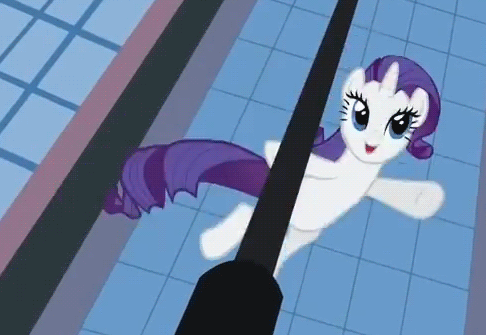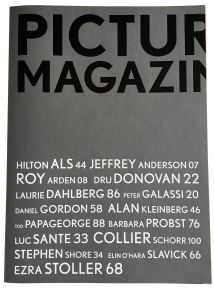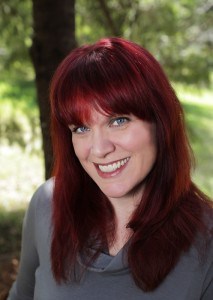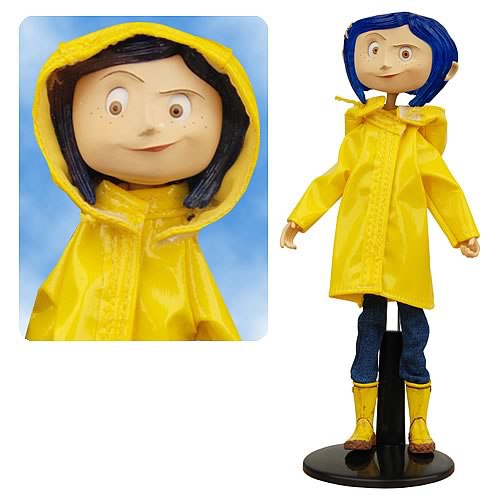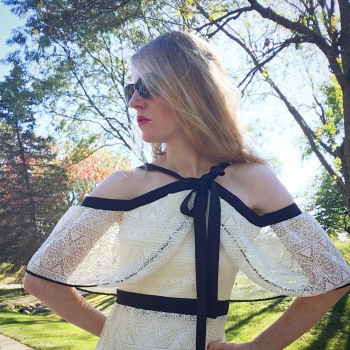
Janie and Micah, Micah and Janie. That’s how it’s been since they were children, when Janie Vivian moved next door. Janie says Micah is everything she is not. Where Micah is shy, Janie is outgoing. Where Micah loves music, Janie loves art. It’s the perfect friendship–as long as no one finds out about it.
Is it racist if I say that I expected this book to be about race? No, not because of the author’s lineage. I read the synopsis and thought: “oh, okay. People frown upon their friendship because they’re not the same race.” Or, at the very least, because of wide difference in their social stature. Is one of them poor who only got into a private school because of a scholarship?
It’s neither of those things. The only reason no one can find out about Janie and Micah being friends is because Janie wanted that to be the case. Seriously. It’s…disappointing.
This is Where the World Ends has a nice hook, with two points of view spiraling from a catalyst, an event so big that it ends the world as they know it. Janie’s point of view shows us what their world is like before the “big event,” while Micah takes us through the aftermath. Which is a great idea, because it gives the novel and extra layer of suspense. But if you take out the gimmick, This is Where the World Ends reads like a half-baked John Green novel. One he wrote before The Fault in Our Stars.
Janie is a manic pixie dream girl. She’s the dream girl of the unpopular boy who has issues. She’s not a sympathetic character until she is changed by an event. Not the big event, no. Not yet, at least. But she is changed. And you see the potential in exploring this change. But author Zhang doesn’t explore that. Janie becomes more reserved, which is understandable. What I don’t understand is why Zhang doesn’t allow us in either.
Janie’s smaller event is more heart-breaking, more life-changing, and more powerful. The “big event” is an afterthought, a way to mark the beginning and the end. It doesn’t have the power to destroy a life. Not like Janie’s more personal and more intimate tragedy.
Because Janie gets raped. And it doesn’t get discussed. Not to the other characters, until one of them admits to feeling guilty. Not to the readers, until Micah needed to reach a breakthrough. And not to the protagonists. And, putting the book down, I thought–what was the point of writing a novel that doesn’t do anything but just put to paper something that can happen… Something that happens.
I know of people who do not like Thirteen Reasons Why because of its subject matter and its handling, and I get their point. But juxtaposed with This is Where the World Ends, I feel like Thirteen Reasons Why tackles the subject of rape and suicide better. Not because we get to confront the crime, or how the victim processes the event, but because it doesn’t pretend to know more. Thirteen Reasons Why had us following the perspective of someone who had no idea, and who blamed himself for not doing more.
Micah, in This is Where the World Ends, blocks from his memory every bad thing he doesn’t like. And he only uncorks when there is need to finish the story. When the book calls for catharsis. And by then, it feels like a cheat. It feels like the book only put the rape in so that the book would have a statement, and not be just another outcast and manic pixie dream girl young adult romance.
And that is not okay.
This is Where the World Ends could have been something more. Amy Zhang is an amazing writer. So amazing that she was able to make me continue reading, even when my brain keeps telling me that it does not like where the story is going. I loved her imagery, and her use of fairy tales. The gimmick of the before-and-after accounts, as I already mentioned, is a nice hook. And all of these are also the reasons why it’s so disappointing for me that the book dropped the ball on what counts the most: the treatment of its chosen subject.
Advertisements Share this: